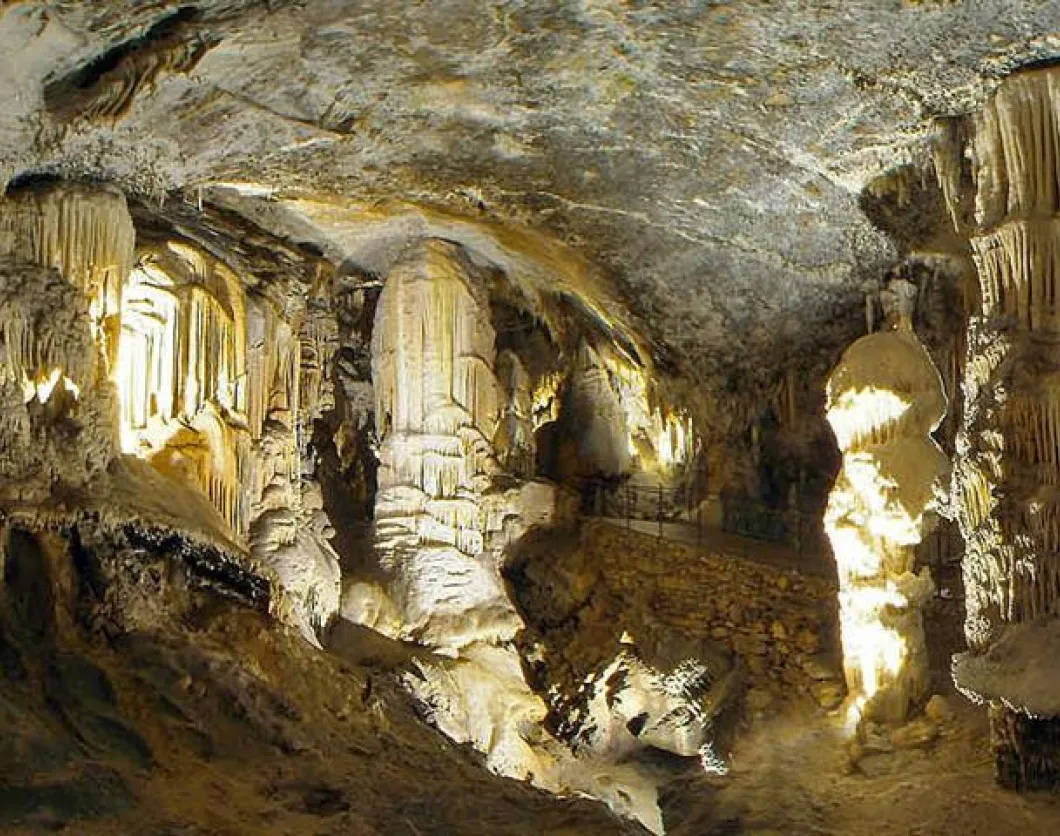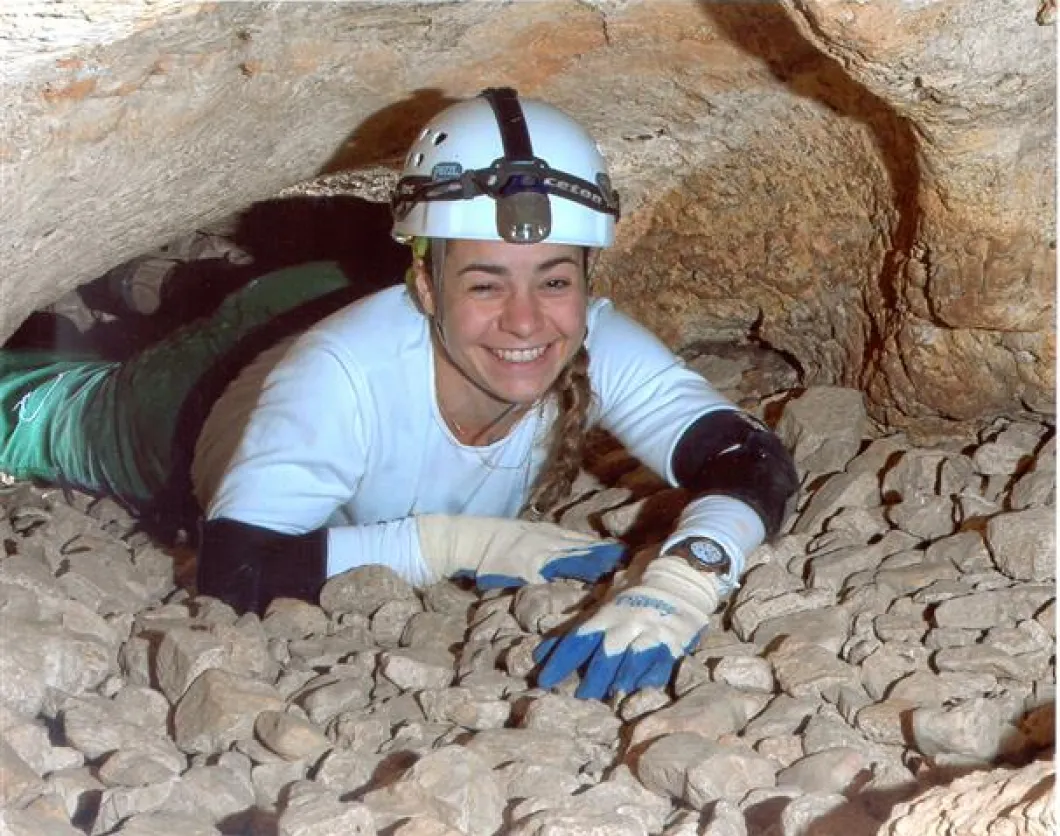The Postojna Cave system is the largest known cave system in Slovenia. There are longer caves in the world, but a visit to a cave such as Postojna deserves full attention due to the diversity of shapes, expansive cave areas, stalactite and stalagmite formations and water characteristics. What is especially noteworthy is that most of these various shapes and formations can be seen by every visitor, meaning tourists and not just cavers with special caving equipment. Well kept paths for tourists comprise the greater part of Postojna Cave, making it a "horizontal" cave. Thus, a visit to the cave does not present any difficulties for most visitors.
The Postojna cave is a stunning natural wonder and its visit has risen from 104 people in the first year to 32,000,000 after 188 years in 2007. Thus far, the known extent of the Postojna cave system encompasses 21 kilometers and has several famous parts: Postojna cave, Otok cave, Pivka cave, Black cave and Planina cave. The main attractions of the cave are its stalactite formations, the result of calcareous sinter deposits. Over a short period of time, their growth is almost invisible – the stalactites in the Postojna cave are estimated to be from several ten thousand to several hundred thousand years old. Their color depends on dissolved substance and can vary from pure white to red, brown or even grey. The cave environment is less subject to change and maintains a constant temperature of 10 degrees all year long.
Researchers have observed 84 distinct animal species inhabit the cave; they cannot be found in the tourist parts but are retained in the Colourful passage (“Pisani rov” in Slovene) and aquatic parts of Pivka and the Black caves. Since the sensitive terrain can easily be damaged by harmful external factors, it is very vital that the conditions remain suitable for the existence of distinct fauna. Insight into cave life is possible in the speleo-biological station called the “human fish”. Beside intriguing animal species, the Vivarium offers a multimedia presentation on Kras and subterranean life and a presentation of the cave’s shapes and forms.
Astonished by what he saw the first time, the Austrian Emperor Franz I. decided to visit the cave once more, 188 years ago. In preparation for the royal attendance, the manager decided to brighten the cave. One of the workers, Luka Čeč, climbed to the high edge of the Velika dvorana (Grand Hall) and discovered the interior parts of the cave. “This is a new world, this is paradise!” shouted Čeč, enraptured with the outstanding stalagmite beauty. With this discovery, he prompted research of the subterranean world and thereby crucially contributed to Kras (Karst) tourism.
Some famous visitors also described the cave. Janez Vajkard Valvasor pictured it with obvious baroque exaggeration and it was not before Baltazar Hacquet described it that the world heard of Postojna cave as it is. Dragan Kiković of Turizem Kras said that in addition to the Hapsburg court members, many other aristocrats and notabilities visited the cave. One of them was also the famous British sculptor Henry Moore, who visited the cave with the Slovene artist Božidar Jakac in 1955. “This is the most beautiful natural statuary exhibition that I have even seen,” Moore stated in the visitor registry, leaving one of the most interesting celebrity impressions.
The Postojna cave can be described with many superlatives. Its very first visits date all the way back to 1213 and it was in the significant year 1819 that the visitor register was introduced. In 1867, the cave was represented in an international exhibit in Paris and only five years later it introduced the first subterranean railway in the world. Since then, the cave infrastructure has been upgraded and can today offer an outstanding natural wonder combined with a quality and responsive service.
Several thousands of caves
Under the surface of the Karst region is a totally different world. The extensive underground cave systems at Postojna (the biggest of Slovenia’s caves, most visited and the only one in Europe that can be visited by train) and Skocjan (the deepest cave in Slovenia and a UNESCO World Heritage Site) were discovered centuries ago. But it wasn’t until the 19th century that biologists discovered the subterranean world is home to semi-aquatic creatures that cannot survive elsewhere and the damp climate sees the footprint of the caves continually changing. There are over 8,000 registered caves in Slovenia, 25 of them open to tourists. (Slovenia Tourist Board).










